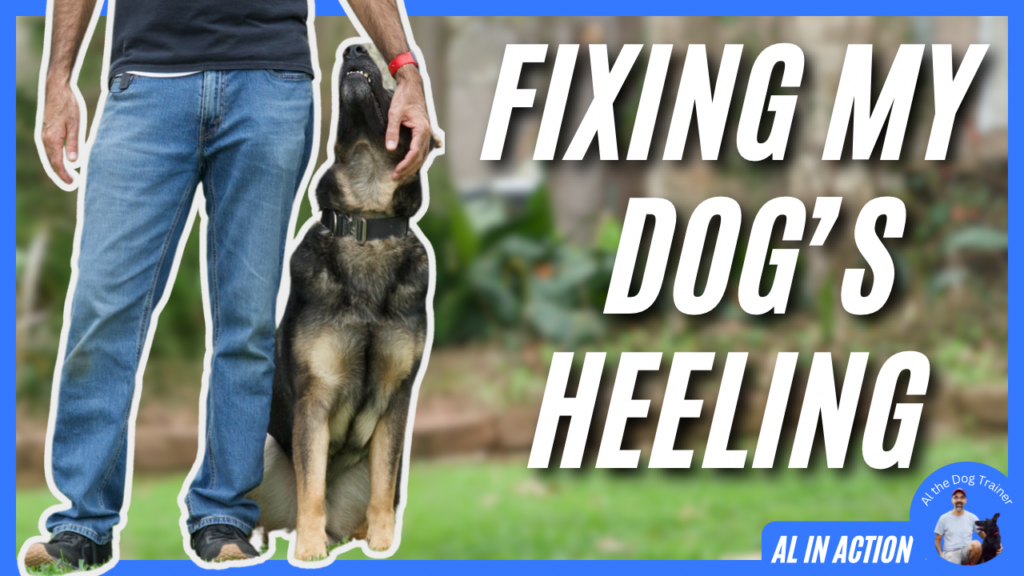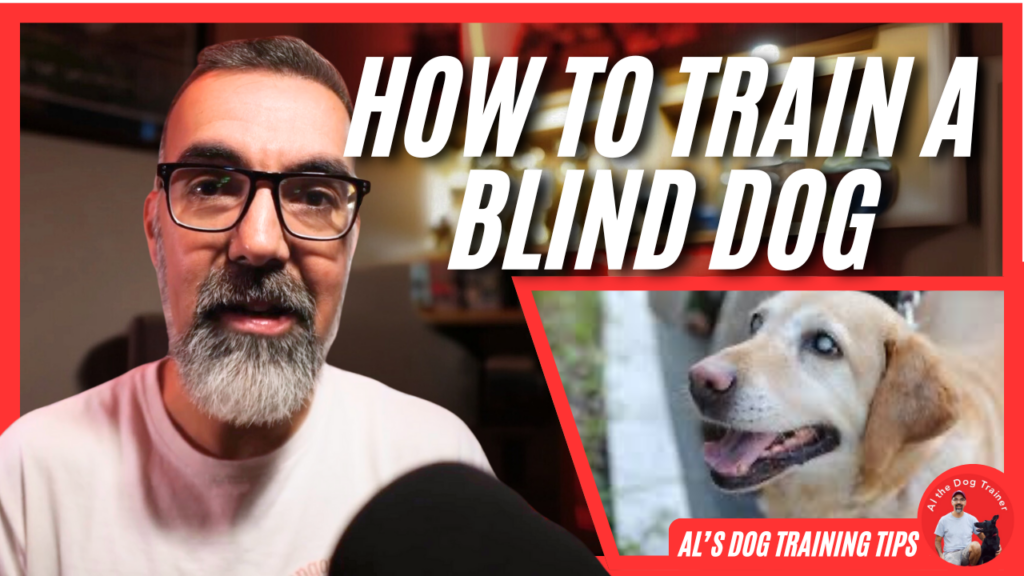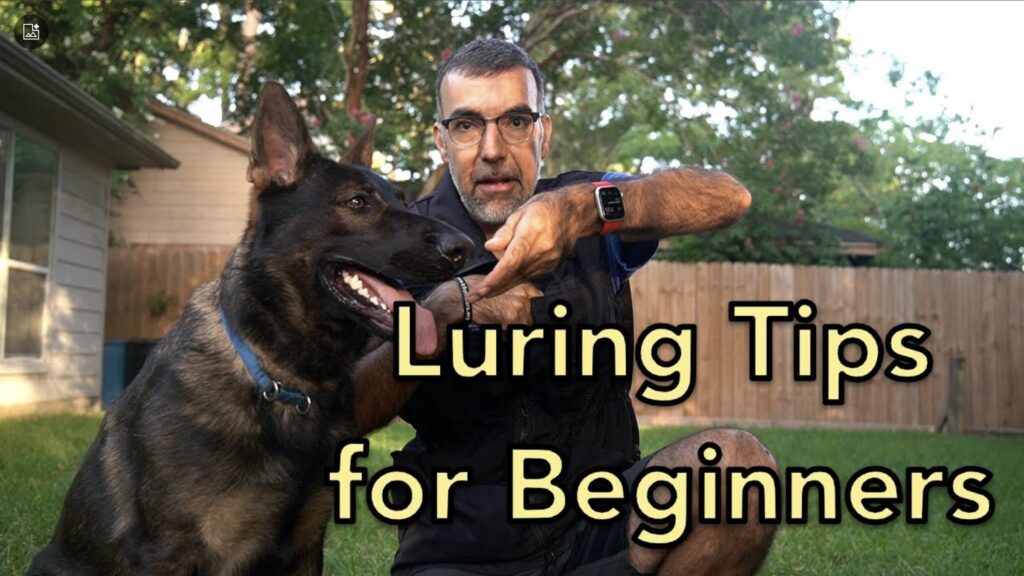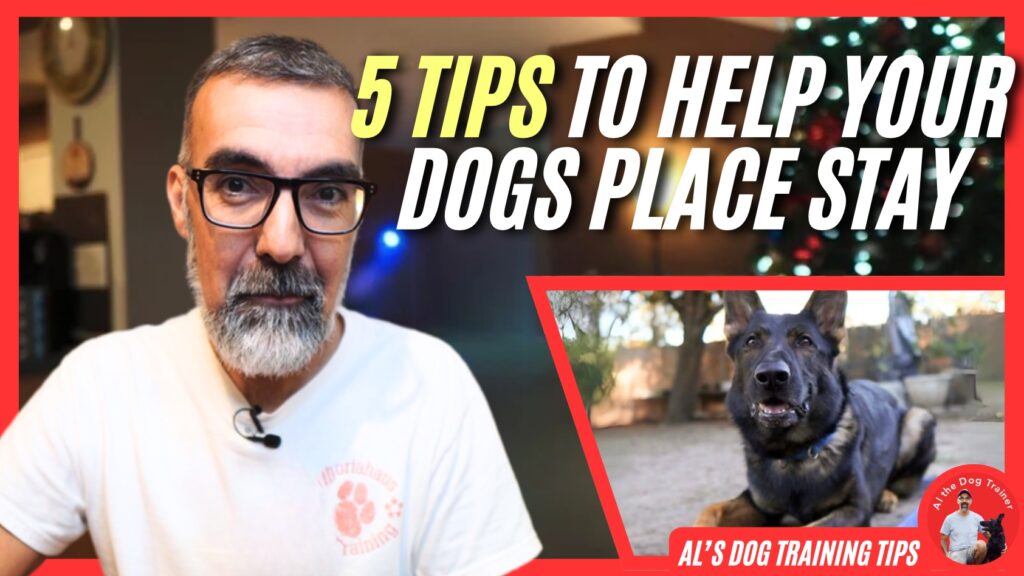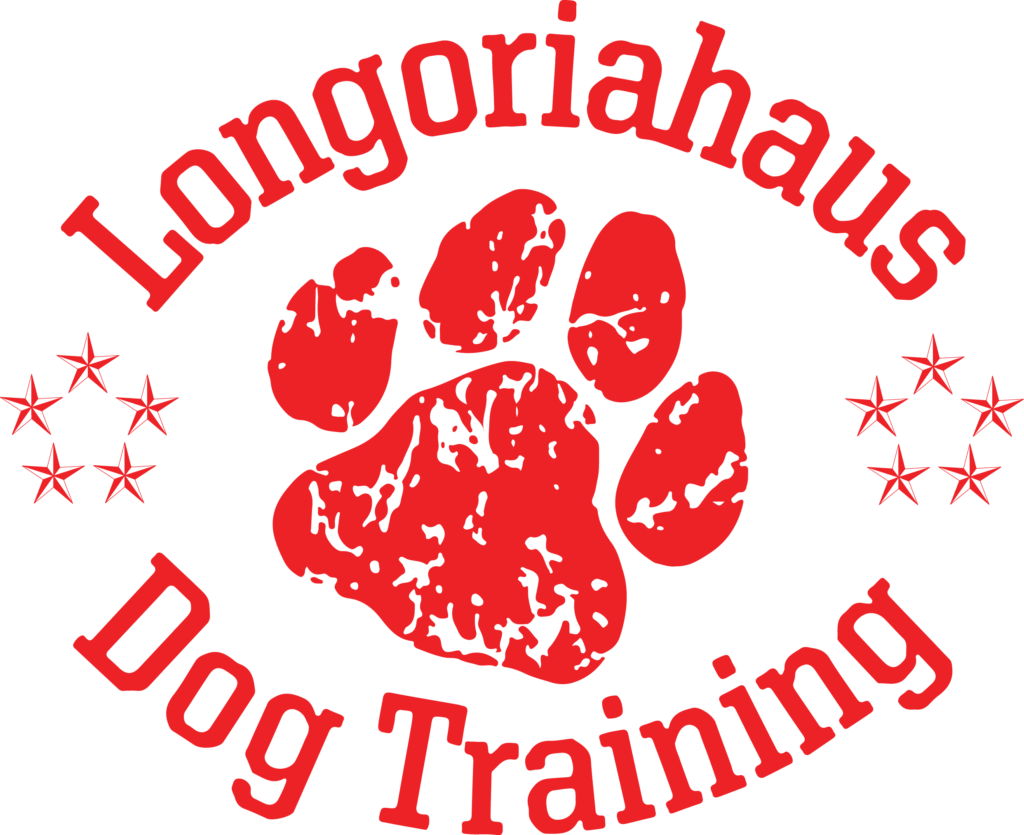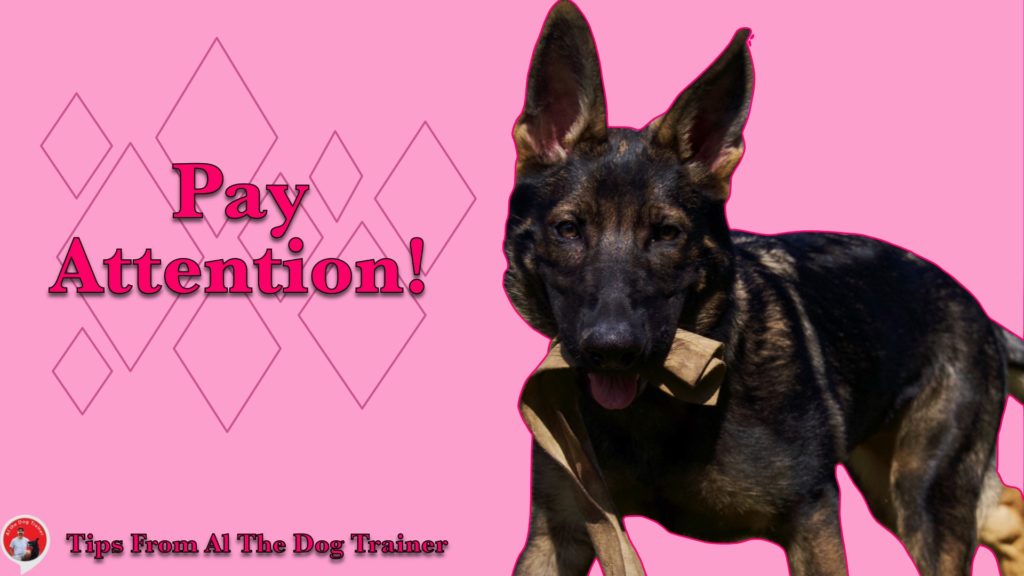
Today’s topic is pay attention. This thing is the real currency that we’re after in dog training because if you have attention from your dog, you can do so much. And just like you, I have had dogs blow me off and not pay attention to me when I want them to and when I need them to. So today, I want to share some pointers about ways that you can go about helping your dogs have the best possible attention that you can get.
The Hunt
Whenever I think about the word attention, I go back to that saying that I shared the other day. You have to solve the problem from their perspective. Do you know what is attractive to a dog? Well, here’s a list of things that are interesting for dogs to do. Stalking, chasing, pouncing, biting, shaking the thing that they’re biting, possessing, and consuming. What I just did right there is I just described the hunt.
The other thing I know that dogs like doing is when they’re playing, they like to get away from the person that’s chasing after them. You know that feeling. The one when you’re in your backyard, and you want your dog to come, and they’re not coming, and you start to chase them and holler their name. You know that your dog is faster than you, and they are letting us catch them.
So those are some things that dogs like experiencing. They like being able to get away, and they want to pursue something and eat those things. Just watch your dog in the backyard, and you’ll see all these things happening.
Making Associations
So how do we get a dog to pay attention? Okay. The first route is to look at that list of seven things that I gave you the stalking, chasing, pouncing, biting, shaking, possessing, consuming. Take a look at that list and begin making associations to that. Here’s a way to simplify that problem.
Let’s say that your dog likes to chase a ball. Okay. So your dog will give its attention to the ball, right. The simplest way to do that is to hide the ball, maybe behind your back, and the dog is in front of you. Talk to the dog. You could say “good dog,” or you can say any number of things. You could even say “sit,” or you could give any cue to the dog. And if you provide that queue, and then you play with your dog, then that sound you made before you played with them will obviously gather attention.
I know some of you may be saying that you already know this. Well, do you? The reason I’m challenging you all here a little bit is because we may know this, but we may not be that good at executing it. Why don’t you video yourself today and see if you actually can practice saying something and then giving your dog the reward? Whether it’s a piece of food, a tug toy, a ball on a string, or whatever it is. Can you make a sound with your mouth and then go into the process of giving that item to your dog?
You’re going to notice it’s a lot harder, but you will be the beneficiary of attention if you can do that. Now, did you notice that earlier I stated that dogs like getting away from things? How can we have this serve us? Well, one of the ways that I do, this is controversial for some people, but I promise you that if you’re skilled at doing this as I am, you will see how dogs enjoy this.
Something Controversial
So many of you all know that for my dogs, I use remote collars. I don’t recommend them for every dog that I meet, just for the record. I use those things so little for as much as I talk about them. But with my dogs, I like to use them because they benefit quite a bit from the remote collar.
And so one of the ways that you can gather attention is by using the electronic collar and touching your dog with it. Now, what I’m not saying is blasting your dog with the entire volume of that collar. Don’t do that. That’s just ridiculous to do that to a dog for any reason. However, somewhat higher levels of remote collar training could be effective. Let’s say you have a collar with 100, and your dog feels like a light touch at 10. A 20 might be a good number that’s a little bit more of a thump. But it’s not necessarily wholly unpleasant. It might just be mildly annoying.
And you can play a game with a dog where they know when you might annoy them or something, and they will do something to get away from that. And if they do this thing that successfully gets them away from you, tapping them with this mildly annoying touch actually makes them feel good.
How do I know this?
The Game of Tag
I think back to the game of tag that we played as kids. If you think about the game of tag from a psychological standpoint, there is no positive reinforcement in that game. But every time that the person that’s “it” misses you and you get away, you feel fantastic. I wonder why that is? Remote collar training, when you’re very skilled at it, can actually do the same thing.
Suppose your dog understands that you’re going to give a command and that when you provide the command they might get away and not get that annoying touch from the person tagging them. That feels great to the dog. Now, as I said, this is somewhat controversial. And if you’re new to remote collars or considering getting one, don’t do that yet.
It’s really easy to start off on the other path that I told you that you would simply say a word and then either give your dog a piece of food or you would play a game with your dog. But if you combine that with very skilled and well-timed remote collar training, your dog will play in a way that will amaze you.
I hope that one was useful even though we threw in some things that sometimes can be negative. I don’t want to be afraid of sharing things that could be beneficial for some, if not all of you guys. Remember you can always find great content on my YouTube Channel or find more tips like this right here on my website www.longoriahausdogtraining.com.
Happy Training!

